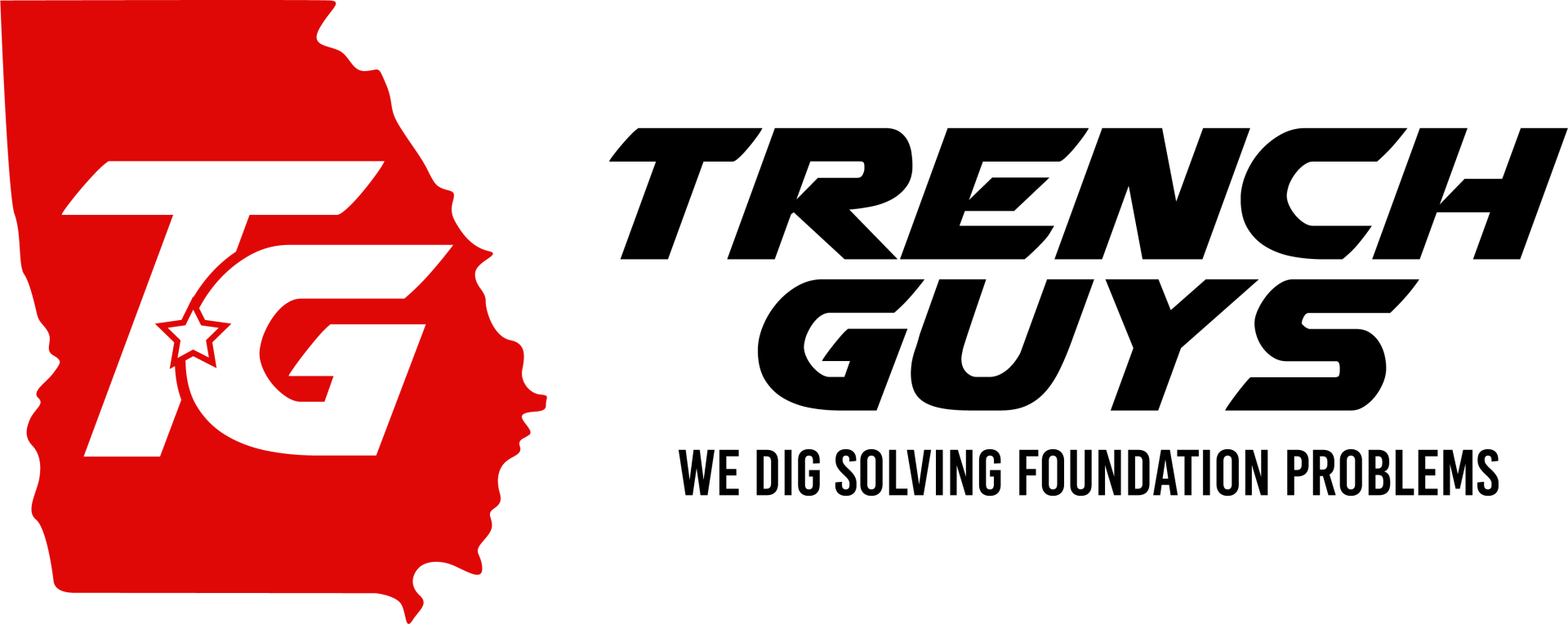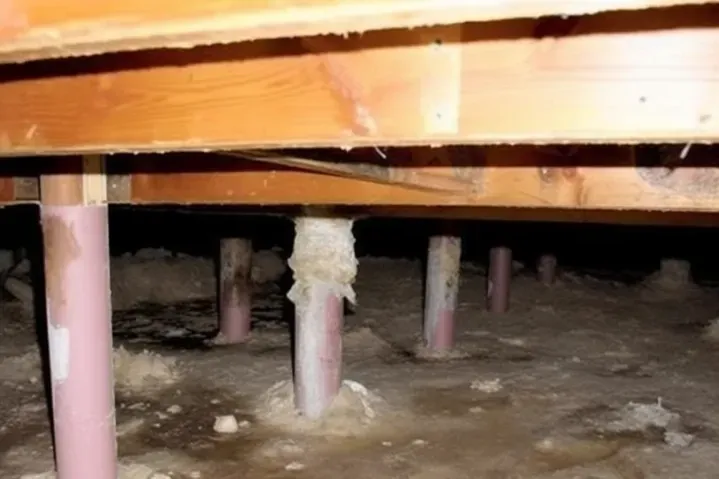Welcome to our comprehensive exploration of the often-overlooked yet vital component of your home: the crawl space. This hidden area beneath your living quarters plays a pivotal role in maintaining the structural integrity and overall health of your home. In this blog, we delve into the importance of keeping your crawl space in optimal condition and how neglecting it can lead to a cascade of issues affecting your entire house.
A healthy crawl space is more than just an empty space under your home; it's the foundation that supports and influences the wellbeing of your living environment. From preventing moisture-related problems to ensuring a stable and robust structural base, the condition of your crawl space has far-reaching implications. We will guide you through the essential aspects of crawl space maintenance, highlighting why it's crucial not only for the longevity of your home but also for the health and comfort of its inhabitants.
Join us as we uncover the intricate relationship between a well-maintained crawl space and the overall health of your home, providing you with valuable insights and practical tips to ensure your home remains a safe and healthy haven.
Recognizing the Early Signs of Crawl Space Issues
A healthy home starts from the ground up, and this includes the often-neglected crawl space. Identifying early signs of crawl space issues is crucial in preventing more significant problems down the line. Let's explore some key indicators that your crawl space may need attention.
Unusual Odors and Mustiness
Description of Common Smells Associated with Crawl Space Problems
One of the first signs of a crawl space in distress is the presence of unusual odors. These odors often manifest as a musty, damp smell, reminiscent of wet earth or mold. This distinct smell is not just unpleasant; it's a red flag indicating potential issues beneath your home.
Explanation of the Causes of These Odors
These musty odors typically originate from mold and mildew growth, often spurred by excessive moisture and inadequate ventilation in the crawl space. Mold thrives in damp, dark environments, and a neglected crawl space provides the perfect breeding ground. The presence of these odors is more than just a nuisance; it's an indication of an environment that could be detrimental to the structural integrity of your home and the health of its residents.
Increased Humidity Levels in the Home
How Crawl Space Issues Contribute to Indoor Humidity
Another telltale sign of crawl space issues is a noticeable increase in indoor humidity levels. When the crawl space is damp or poorly ventilated, this moisture can seep into your living areas, leading to a rise in humidity. This not only makes your home feel uncomfortably damp but can also contribute to the growth of mold and mildew inside your home, affecting air quality and potentially causing health issues.
Tools for Measuring Home Humidity Levels
To monitor the humidity levels in your home, hygrometers are an essential tool. These devices measure the amount of moisture in the air, helping you keep tabs on your indoor environment. Regular monitoring with a hygrometer can alert you to changes in humidity that might indicate problems in your crawl space, allowing you to address these issues before they escalate.
Visible Changes in the Crawl Space and Home Structure
The integrity of your home is closely linked to the condition of your crawl space. Visible changes in this area can be early warning signs of more significant structural issues. Let’s explore some of these key indicators and understand their implications.
Water Pooling or Dampness in the Crawl Space
Signs of Water Intrusion and Its Implications
Water intrusion in your crawl space can lead to a host of problems, from structural damage to health hazards. Recognizing these signs early can save you from costly repairs and health risks.
- Standing Water During Rainy Seasons: The presence of standing water in your crawl space, especially during rainy seasons, is a clear sign of inadequate drainage around your home's foundation. This can lead to the weakening of the foundation, making your home susceptible to shifting and settling.
- Damp Walls or Floors: Persistent dampness in the walls or floors of your crawl space is a red flag. This moisture can lead to the growth of mold and mildew, which not only damages the structure but can also affect indoor air quality and pose health risks to the inhabitants.
Cracks in Interior Walls or Foundations
Understanding the Link Between Crawl Space Problems and Structural Damage
Cracks in your home’s interior walls or foundation can be a direct consequence of crawl space issues. These cracks are not just cosmetic concerns; they are indicators of potential structural instability.
- Types of Cracks That Indicate Serious Issues: Not all cracks are created equal. Look for horizontal cracks, stair-step cracks in brick or block walls, and wide, vertical cracks. These types of cracks often indicate serious structural issues, such as foundation settling or shifting, which may originate from problems in the crawl space.
- The Importance of Timely Inspections: Regular inspections of your crawl space and foundation are crucial. Early detection of these signs allows for timely intervention, potentially saving you from more extensive and expensive repairs in the future. Professional inspections can also provide peace of mind, ensuring that your home remains safe and structurally sound.
Health Symptoms and Pest Infestations
The condition of your crawl space can have a significant impact on both the health of your home’s inhabitants and its susceptibility to pest infestations. Understanding these impacts is crucial for maintaining a healthy living environment.
Health Issues Related to Poor Crawl Space Conditions
Discussing Respiratory Problems and Allergies Caused by Mold and Mildew
The environment in your crawl space can directly affect the air quality in your home, leading to various health issues, particularly respiratory problems and allergies.
- Common Health Symptoms to Watch Out For: Be alert to symptoms such as persistent coughing, wheezing, throat irritation, nasal congestion, and skin rashes. These can often be signs of exposure to mold and mildew, which thrive in damp crawl spaces.
- The Role of Air Quality Testing: Regular air quality testing in your home is essential, especially if you have a crawl space. This testing can identify the presence of mold spores and other allergens, helping you take timely action to address any issues and protect your family’s health.
Signs of Pest or Rodent Infestations
How Crawl Space Issues Attract Pests
A poorly maintained crawl space can become a haven for pests and rodents, leading to infestations that can damage your home and pose health risks.
- Identifying Common Pests Found in Crawl Spaces: Typical pests that invade crawl spaces include termites, carpenter ants, rats, and mice. Signs of infestation include droppings, gnawed wires or wood, and rustling noises.
- Preventative Measures to Avoid Infestations: Regular inspections of your crawl space are vital. Ensure that it is dry and well-ventilated. Sealing any cracks or openings and removing potential food sources can also significantly reduce the risk of pest infestations.
Recognizing the Early Signs of Crawl Space Issues
Preserving the structural integrity of your home, particularly in the crawl space area, is a critical concern. Professional crawl space wood repair services are an excellent solution when damage is extensive or when you want to ensure a comprehensive, lasting repair. These experts have the skills and experience to assess the full extent of the damage, using specialized tools and techniques to address issues such as wood rot, termite infestations, or mold growth.
Professional repair services go beyond surface-level fixes. They aim to not only restore the structural stability of your crawl space but also to prevent future damage. With expert insights and access to high-quality materials, they can implement long-lasting solutions that safeguard your home against the many threats that crawl space wood faces, from moisture to pests. By investing in professional crawl space wood repair, you're taking a proactive step in securing your home's foundation and protecting it from potential structural damage.
Energy Efficiency and Utility Bill Spikes
The state of your crawl space can have a profound impact on your home's energy efficiency and, consequently, your utility bills. Understanding this relationship is key to maintaining an energy-efficient home and keeping costs in check.
Increased Heating and Cooling Costs
The Impact of Crawl Space Problems on Home Insulation and Energy Efficiency
A well-maintained crawl space is crucial for optimal home insulation and energy efficiency. Issues in the crawl space can lead to increased heating and cooling costs due to poor insulation and air leaks.
Comparing Past and Present Utility Bills: One of the simplest ways to detect a problem is by comparing your current utility bills with those from previous months or years. A significant increase in heating or cooling costs can indicate that your crawl space is affecting your home's energy efficiency.
Tips for Improving Crawl Space Insulation:
- Inspect and Repair: Regularly inspect your crawl space for any signs of damage or deterioration in insulation materials. Repair or replace insulation as necessary.
- Seal Air Leaks: Ensure that all air leaks in the crawl space are sealed. This includes gaps around pipes, vents, and the crawl space door.
- Consider a Vapor Barrier: Installing a vapor barrier can help control moisture levels in the crawl space, which in turn can improve insulation effectiveness.
- Proper Ventilation: Ensure that your crawl space has adequate ventilation to prevent moisture buildup, which can damage insulation and reduce its efficiency.
FAQs
Contact Trench Guys Today!
Trench Guys will do everything we can to ensure your experience with us is excellent.
Request A FREE Estimate
Request a Free Estimate Form
Checkout Recent Post
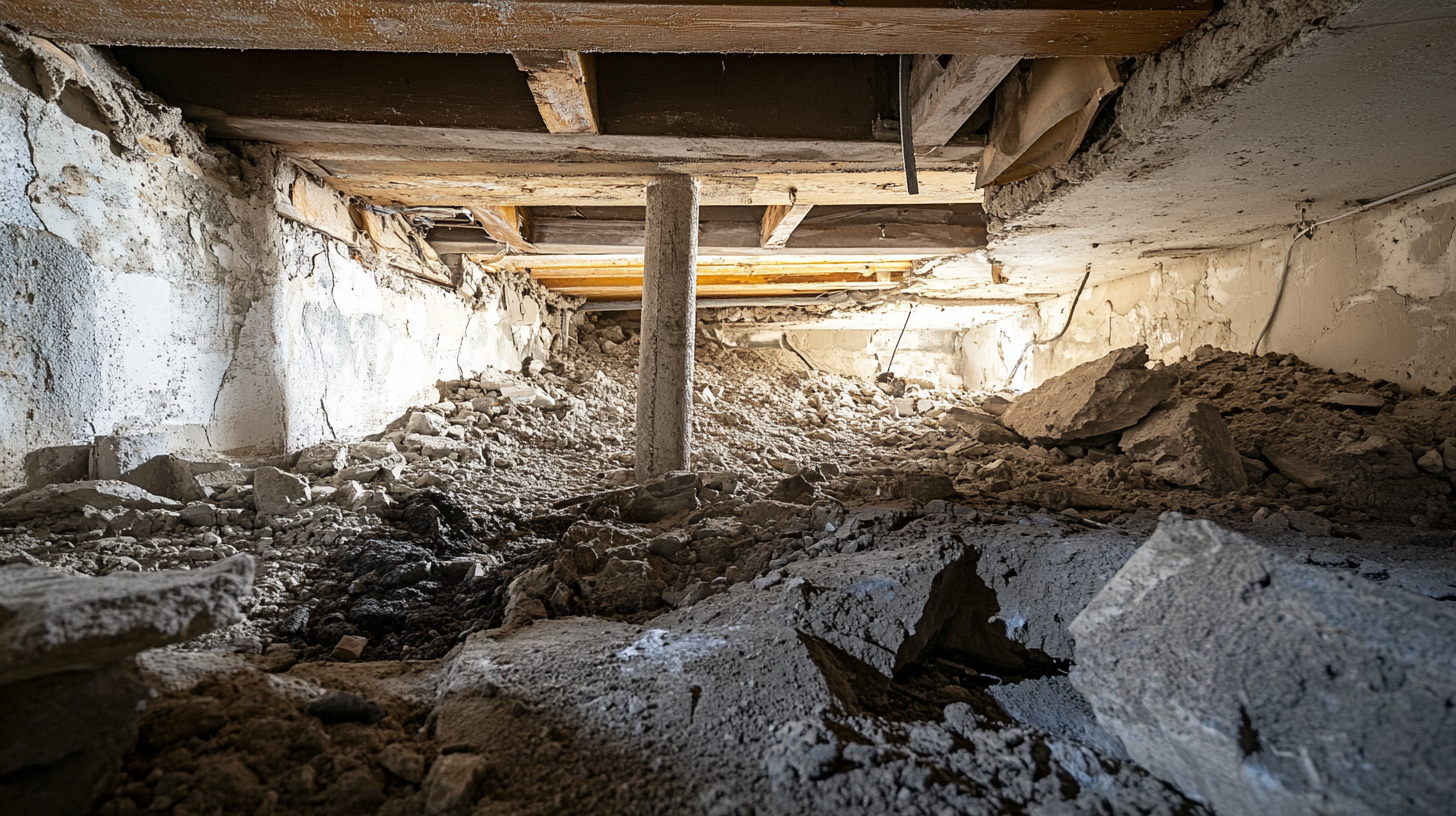
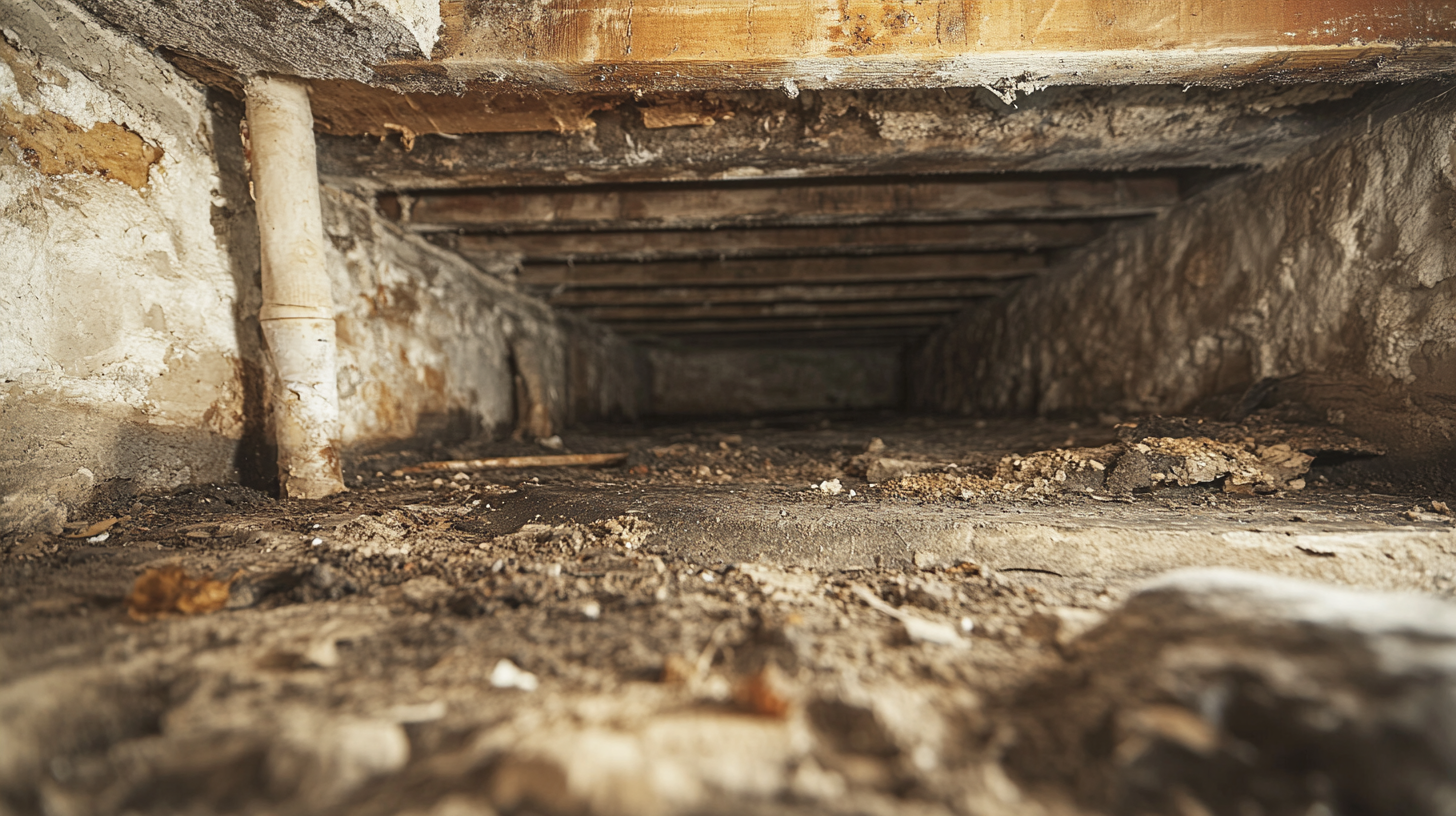
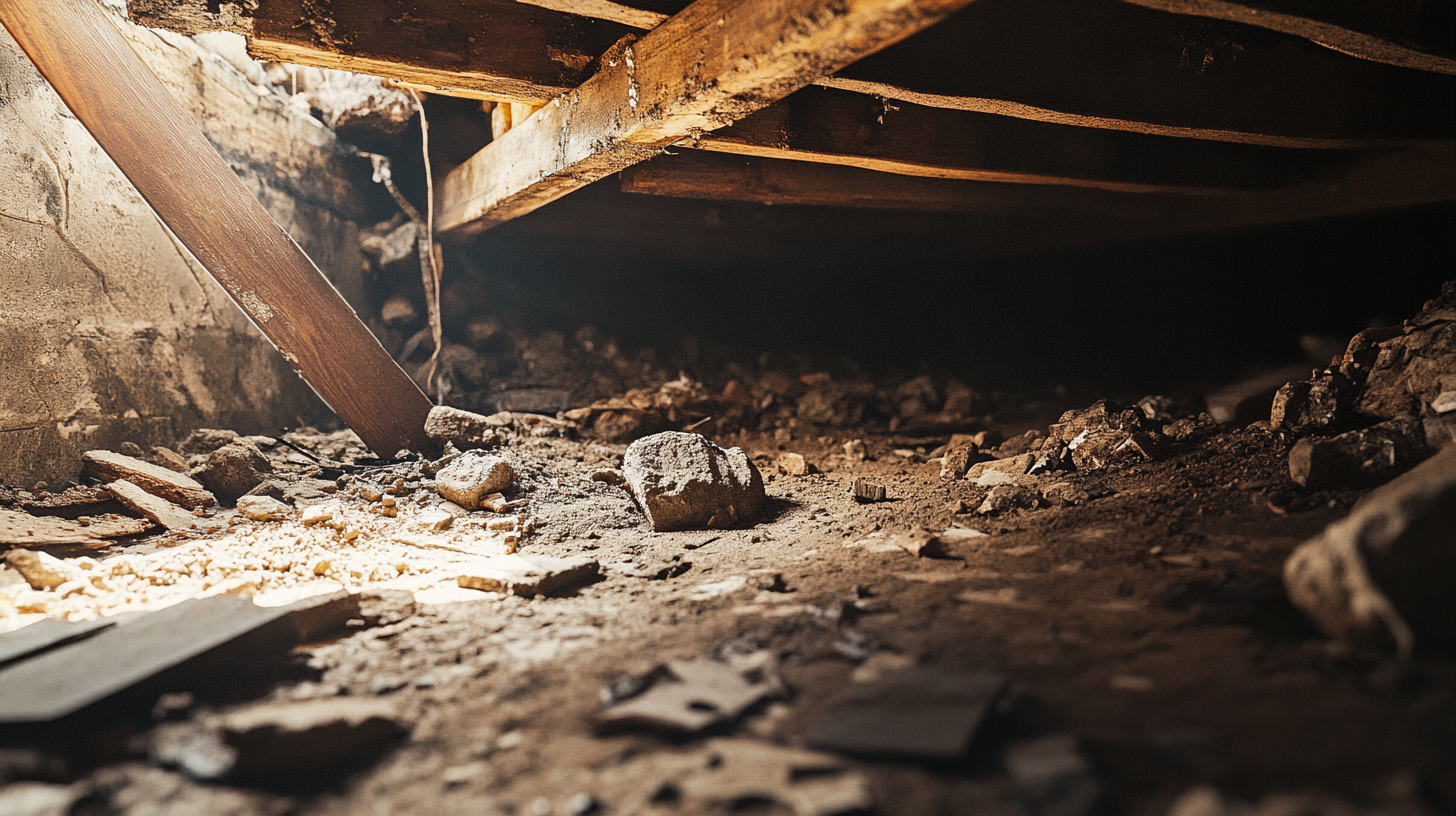
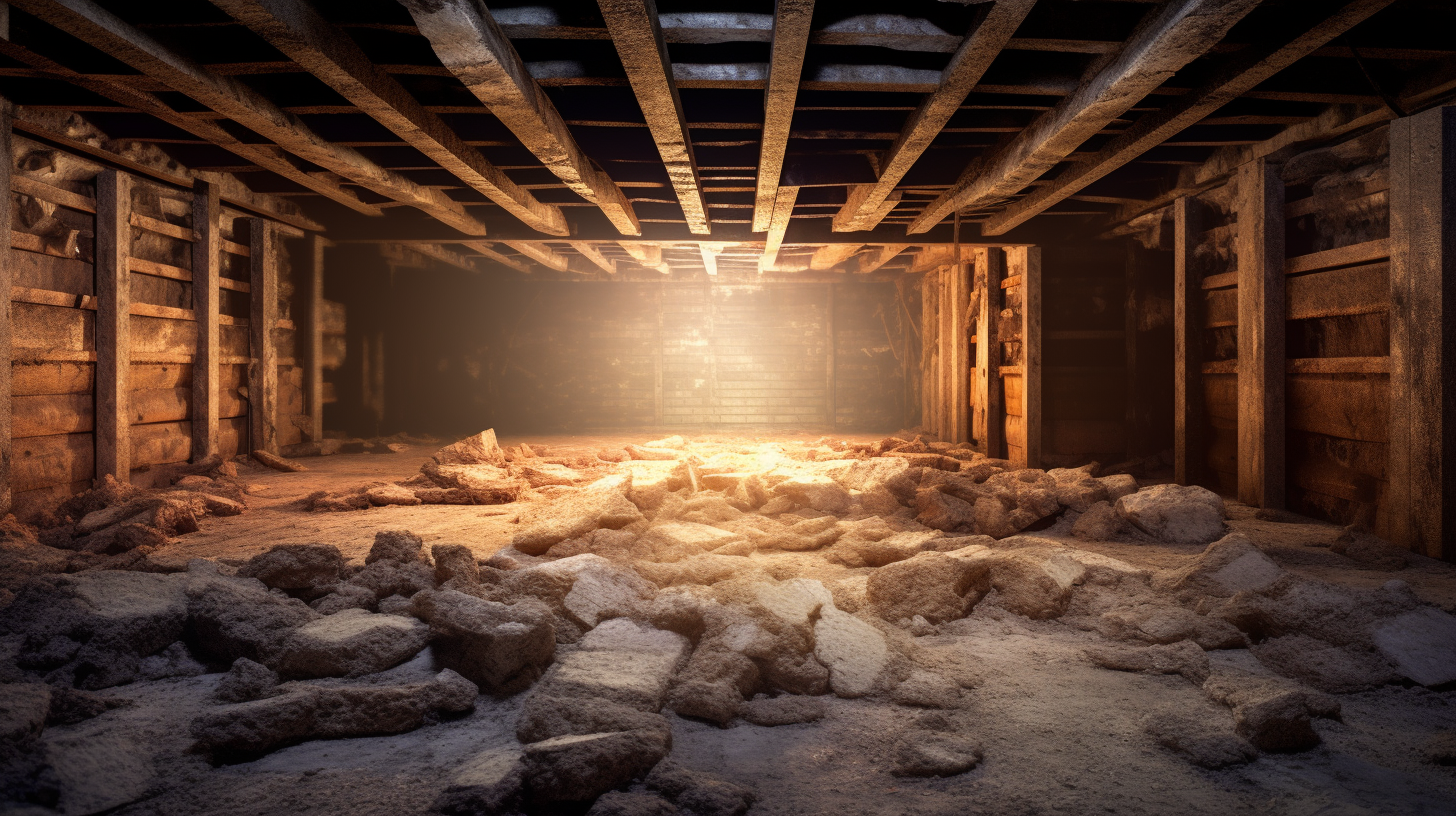
Got a Question? We’re Here to Help.
You can arrange an appointment or make an enquiry by phone or email, orget in touch to us via our contact form.
